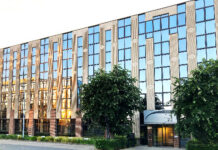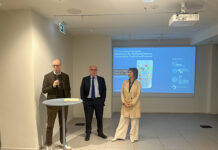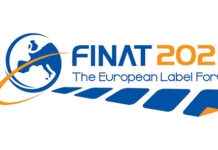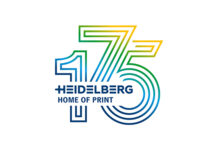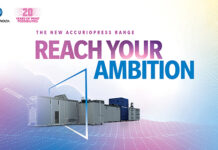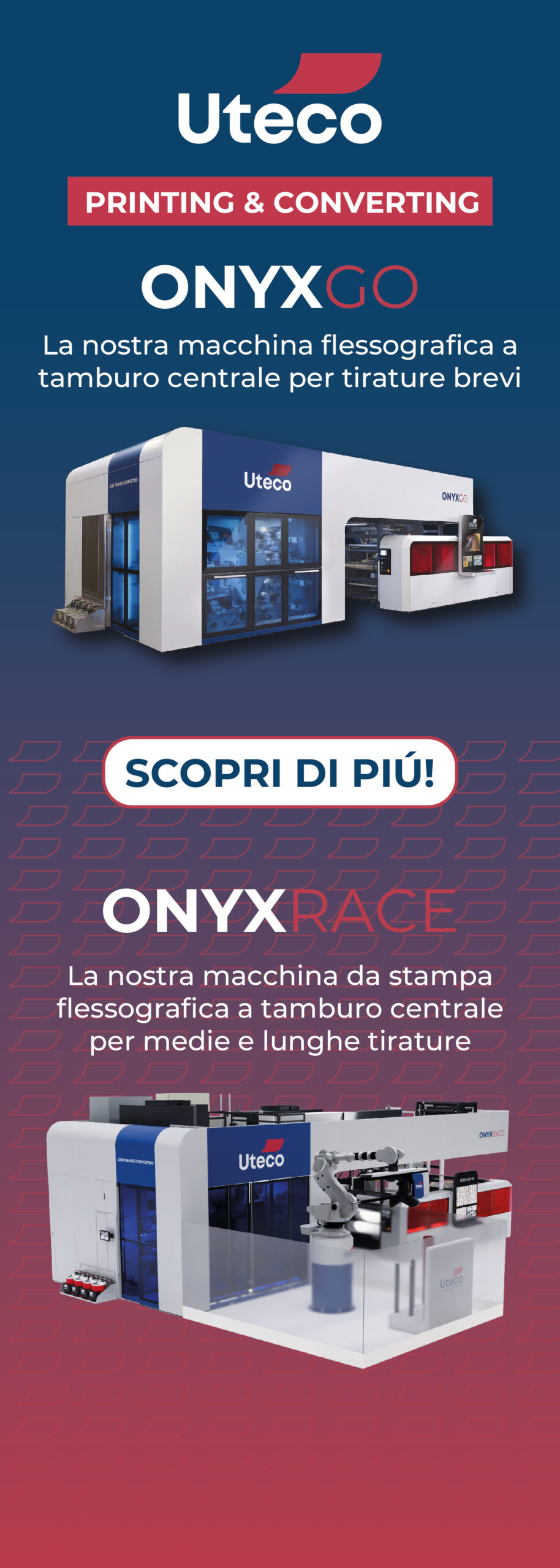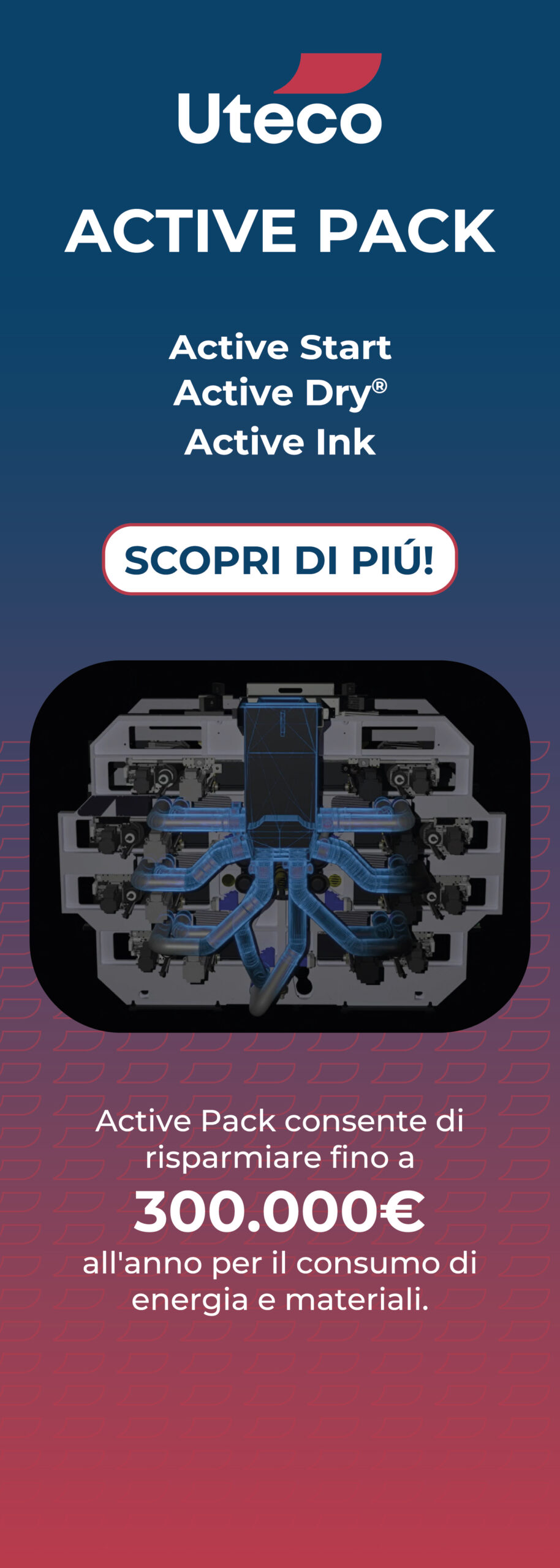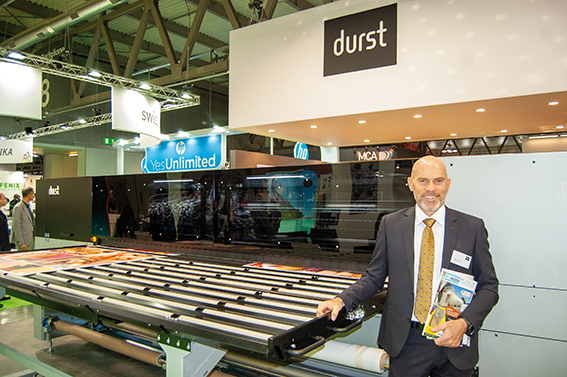
Durst presented itself to Viscom with the claim “From pixel to output” to underline the maximum process automation. Great success for the Italian debut of the revolutionary P5 technological platform that includes printers already equipped with the new Durst proprietary software for workflow management. Solutions that also enhance the performance of Delta WT 250, Multi-Pass printer with water-based inks certified for primary packaging, a technology on which Durst is betting a lot in Italy.
Many operators at Durst stand were particularly interested in Delta WT 250. The system, based on the revolutionary Durst Water Technology, is characterized by optical and tactile quality comparable to offset, speeds up to 300 sm/hr, possibility of print from A3 to 2.5 m format, using flexible water-based inks and then suitable for subsequent processing such as creasing. Delta WT 250 is certainly the new answer for the corrugated board and folding carton industry and for all POP processes for the retail world. The exclusive formulation of inks, totally odorless, environmentally friendly and capable of reproducing a smooth effect free of porosity, extend the application areas, also to the world of food & beverage, thanks to the certification for primary packaging, and to the world of cosmetics and pharmaceuticals.
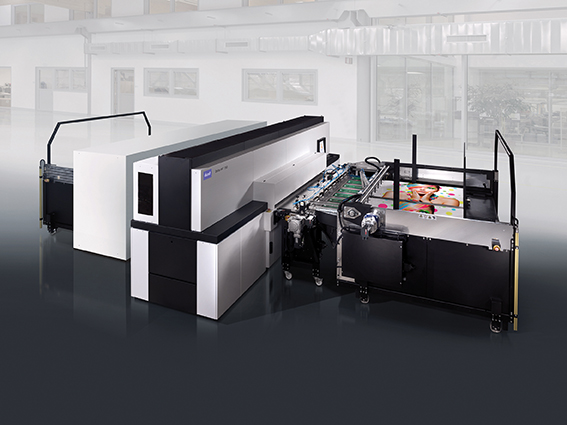 New market scenarios for Delta WT 250
New market scenarios for Delta WT 250
“For our systems dedicated to cardboard converting, unprecedented scenarios are taking shape, as we see a great interest not only by operators in the sector, but above all by industries that are active in different product sectors that choose to implement our digital printers in the production process”, says Alberto Bassanello, Durst Italy sales director. “In the last period I had the opportunity to study the corrugated cardboard sector more deeply and I noticed companies animated by a strong associative spirit, that dialogue with each other, with a vision about the advantages of digital printing certainly more open than in the past. Also thanks to the partnership with Koenig & Bauer, Durst next year will have even more attention for this sector, where, moreover, we are already obtaining excellent results with Delta WT 250, which meets the quality and productivity requirements that the market requires”.
The first two installations in the Italian market
For Delta WT 250 two installations have already been carried out in Italy. One at Cartoveneta, a historic company in the Italian cardboard industry, with years of experience in digital printing that has chosen a fully automated line with loading and unloading system. The other at Grafcolor in Pescara, which has been offering corporate advertising solutions for about thirty years and is focusing on this system to expand its business by targeting retail and GDO players. Grafcolor already had other Durst printing machines with UV inks. After having thoroughly analyzed the productive and sustainability characteristics of Delta WT, with its extremely brilliant water-based inks that do not require lamination, the company decided without hesitation to upgrade the machinery with this technology.
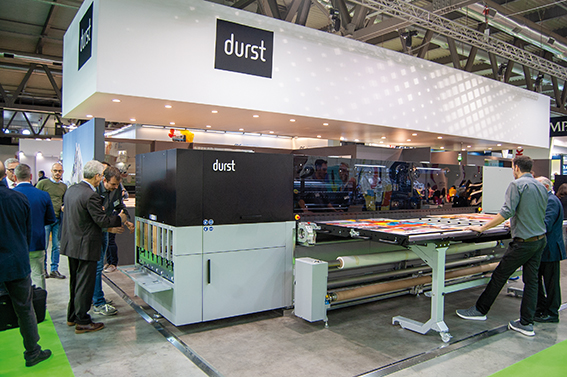 A cardboard converting market to be discovered
A cardboard converting market to be discovered
“Italy has been one of the last markets in which this solution has begun to be requested, but in the world there are several installations in leading companies in the sector. Now we have also started in Italy, and this will be the first step towards the introduction of our single-pass solution, a technology that is giving us considerable satisfaction abroad and for which, thanks to the joint venture with Koenig & Bauer, we will be ready for Drupa with a new range of products. It remains very surprising that 90% of printers with cardboard converting option signed in Italy last year are outside the strictly cardboard converting sector. This confirms that there is still a lot of work to be done to support companies in this sector to understand the benefits of this technology, which instead has already been accepted by those who were born with digital technology”, concludes Bassanello.




